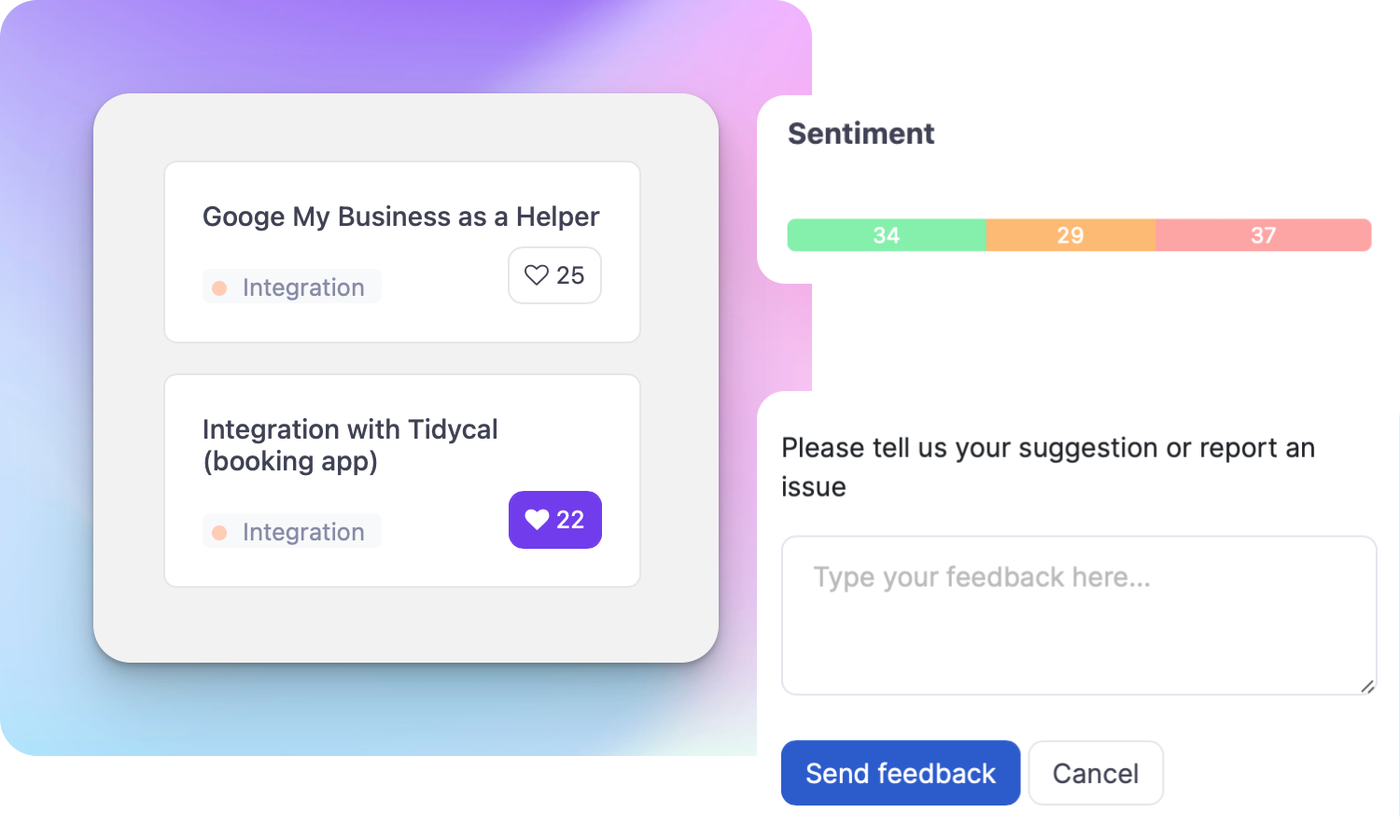What is Product Innovation?

Ruben Buijs
Product innovation refers to the process of creating and introducing new or improved products to the market. It involves developing and implementing novel ideas, technologies, or strategies to meet the changing needs and desires of customers. Product innovation is crucial for businesses to stay competitive, differentiate themselves from competitors, and drive growth.
Examples
- Apple's introduction of the iPhone revolutionized the smartphone industry and set new standards for mobile devices.
- Netflix disrupted the traditional video rental market by innovating with their subscription-based streaming service, providing customers with convenience and a wide range of content.
- Tesla's electric vehicles and their advanced features like Autopilot have redefined the automotive industry, making sustainable transportation more accessible and desirable.
Importance
Product innovation plays a vital role in the success of any business. Here's why it is important:
-
Competitive Advantage: Product innovation allows businesses to differentiate themselves from competitors and gain a competitive edge in the market. By introducing unique features, functionalities, or experiences, companies can attract customers and stand out from the crowd.
-
Customer Satisfaction: Innovation helps companies address customer needs and preferences more effectively. By continuously improving products or introducing new ones, businesses can provide better solutions, enhance customer experiences, and increase satisfaction levels.
-
Market Growth: Through product innovation, businesses can tap into new markets, expand their customer base, and drive revenue growth. By offering innovative products, companies can attract new customers and retain existing ones, resulting in increased market share and profitability.
-
Brand Reputation: Product innovation contributes to building a positive brand image and reputation. Companies known for their innovative products are often seen as leaders in their industry, fostering trust and loyalty among customers and stakeholders.
How to Use Product Innovation
Implementing product innovation effectively involves the following steps:
-
Market Research: Conduct thorough market research to understand customer needs, identify gaps, and uncover opportunities for innovation. Analyze customer feedback, study market trends, and gather insights to guide the innovation process.
-
Idea Generation: Encourage a culture of creativity and idea generation within your organization. Collaborate with cross-functional teams, involve employees at all levels, and welcome input from customers and partners. Brainstorm and explore various ideas that align with your business goals and customer expectations.
-
Idea Validation: Once you have a pool of ideas, evaluate their feasibility and potential impact. Assess market demand, technical feasibility, cost implications, and alignment with your business strategy. Conduct surveys, focus groups, or prototype testing to validate the viability and desirability of the ideas.
-
Product Development: Transform the selected ideas into tangible products or features. Utilize agile development methodologies to iterate quickly and efficiently. Involve experts from different disciplines, such as design, engineering, and marketing, to ensure a holistic approach to product development.
-
Launch and Iteration: Launch the innovative product to the market, accompanied by effective marketing and communication strategies. Monitor customer feedback, track key performance indicators, and gather data to evaluate the product's success. Continuously iterate and improve the product based on customer insights and changing market dynamics.
Useful Tips
- Foster a culture of innovation by encouraging and rewarding employees for their creative ideas and contributions.
- Regularly communicate with customers to understand their evolving needs and preferences, which can guide your product innovation efforts.
- Keep an eye on emerging technologies, industry trends, and competitor activities to stay ahead and identify potential areas for innovation.
- Embrace failure as a learning opportunity. Not every innovation will succeed, but the key is to learn from failures and iterate.
- Collaborate with partners, customers, and experts outside your organization to gain fresh perspectives and insights.
Related Terms
- Market Research
- Customer Needs
- Idea Generation
- Prototype Testing
- Agile Development
- Customer Feedback
- Market Trends
- Competitive Advantage
- Brand Reputation
- Product Development
- Market Growth
- Idea Validation
